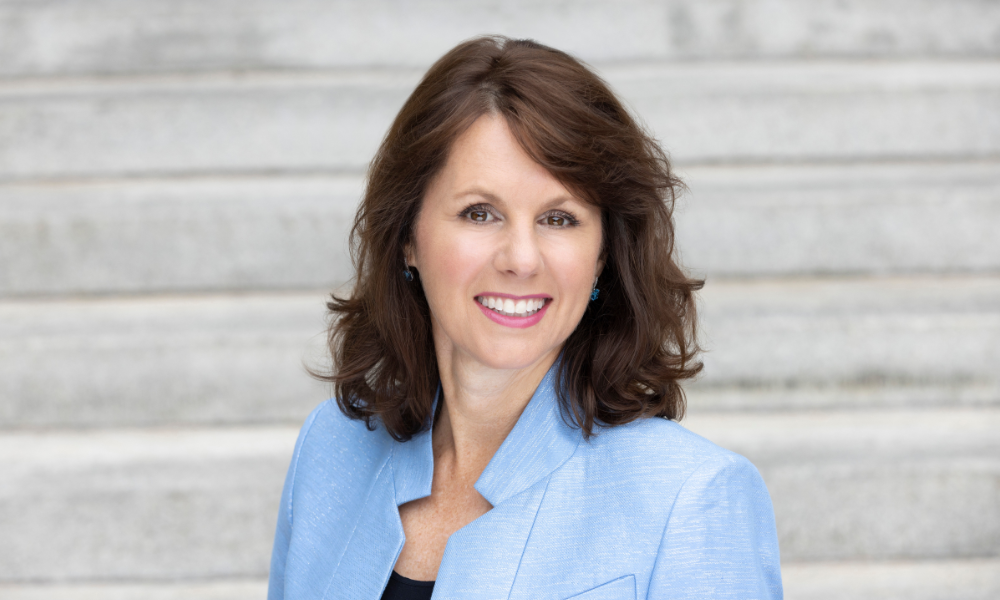'It's about making sure the opportunities to engage in smarter collaboration aren't limited to a few privileged people'

Many business leaders are realizing the benefits of diversity and inclusion but when it is done wrong in collaboration efforts, it can cause more harm than good.
Oftentimes, even at organizations that have 50-50 representation on certain teams, women end up making 20 per cent of the contributions, says Heidi Gardner, cofounder of Gardner and Co, a professional services consultancy in Boston.
“[That’s] not because they’re not willing to speak up but because they’re overcommitted so they get peanut-buttered across all these initiatives and projects and recruiting teams and facing the public,” she says.
“Suddenly, they’re spread so thin that they can’t actually make the level of contribution that their position and expertise warrants.”
By bringing in different types of people to satisfy a quota of inclusion, without giving them the opportunity to devote the right amount of time and energy, the effort can easily become derailed and fail, says Gardner.
“People have to be very aware and reasoned about whose expertise is going to be critical [and] at what point,” she says.
“[It’s about] making sure you’re not always turning to the usual suspects and making sure that the opportunities to engage in this smarter collaboration aren’t limited to a few privileged people because they will be overburdened and bottlenecked. And so thinking not only about the expertise but also the capacity of somebody to join is a really important part of that decision-making process.”
Read more: What are the first steps to boosting DEI?
Guiding principles
When it comes to better or smarter collaboration, it’s important to keep in mind some guiding principles, according to Gardner.
It begins with understanding true collaboration is not the same as “run-of-the-mill teamwork,” but is a “very hyper-intentional, very deliberate, outcome-focused way of operating together.”
Before embarking on a project, it’s best to define its parameters and goals to bring in the best people at the right time, she says.
“If they’re looking at a complex issue, people need to dissect it and understand what different kinds of expertise or viewpoints would add an important dimension, and then access those different kinds of experts or people with different life experiences to be able to work together to solve… or address complex issues better than any of them to do on their own,” says Gardner.
Don’t forget to pay close attention to the timing around those departments and when they should be included to not miss benchmarks.
“At the very end, it’s: ‘Hey, manufacturing, can we actually do this?’ or ‘Check with compliance whether we’re allowed to do this,’” she says.
“Figure out who’s expertise is part of this puzzle, and engage them early; check in with them and find out when is the opportune time to get their input.”
Read more: Best practices for hybrid work
By planning the process more purposely beforehand, those experts will be able to fully contribute, she says.
“It’s a very political way of figuring out who needs to be involved, and then a highly inclusive way of operating so that people who have very different perspectives on that complex issue are able to bring their knowledge out in the open, have it examined and valued by other people, and, collectively, then be significantly more powerful than they would do if they stuck in their own comfort zone or knowledge base.”
Importance of trust
However, once those plans are in place, trust may get in the way of effective collaboration, says Gardner, and some key questions must be answered by project managers when including certain colleagues.
“Am I going to deliver high quality on time, on budget? Do I have the skills to do what you need me to do? But even if you think, ‘Dr. Gardner is the guru in this area,’ if you think I’m a jerk, you’re still not going to bring me into your project. If I’m the world’s only expert on this, you might do it but you’ll do it grudgingly and you’ll keep me in a box you’re not going to really open,” she says.
“Both competence and interpersonal character trust need to be in place and those are lacking in certain pockets of organizations.”
What about HR?
Instead of only joining HR associations in which everybody speaks the same language on the same topics, regardless of the industry, HR executives should be experts in their particular business environment, she says.
“They should know the jargon and the terminology well enough that they can spot trends and they can speak comfortably and knowledgeably about the competitive landscape and some of those things. They can’t just be HR advisors, they have to be business advisors.”
Becoming role models for cooperation is another crucial way HR can influence overall organizational competence, says Gardner.
“[It’s about] making sure there are these different vectors of collaboration for HR. They need to be collaborating within the HR team, they need to be collaborating with other functions, they need to be collaborating with their business colleagues, and they need to be building external relationships.”




